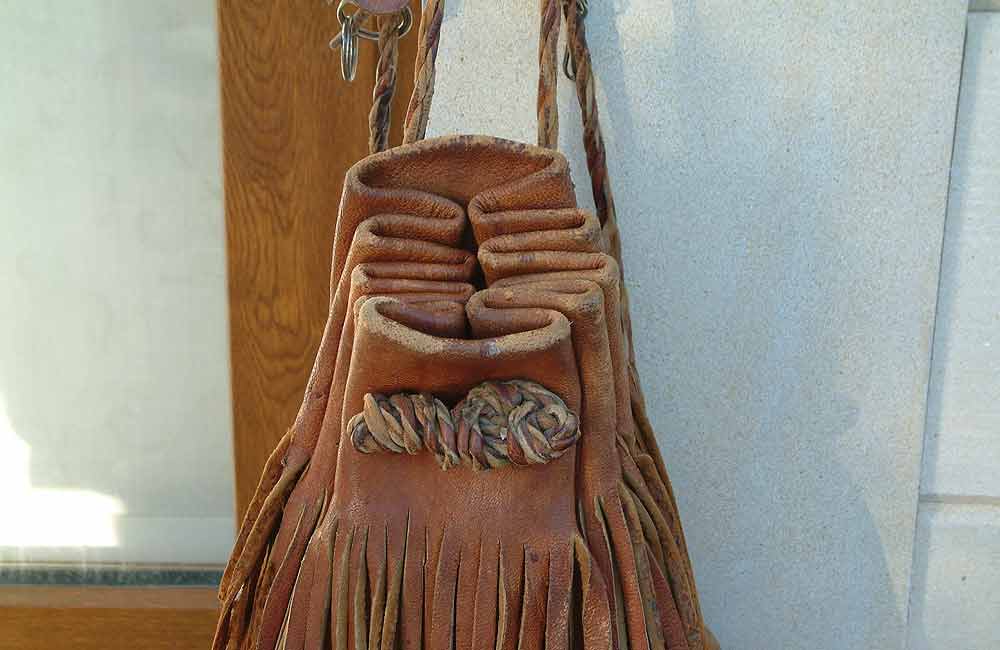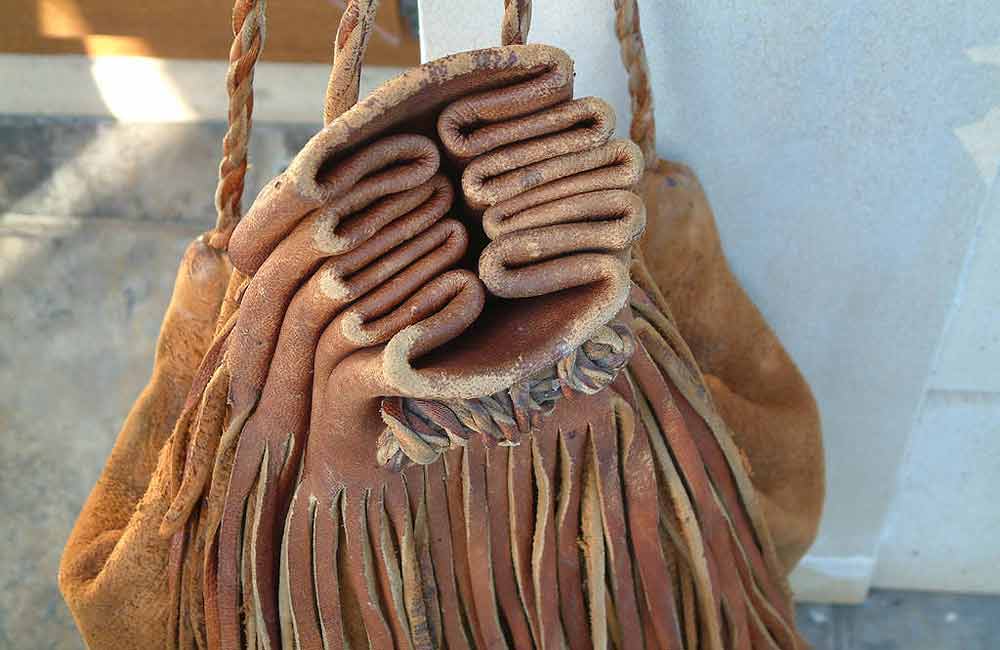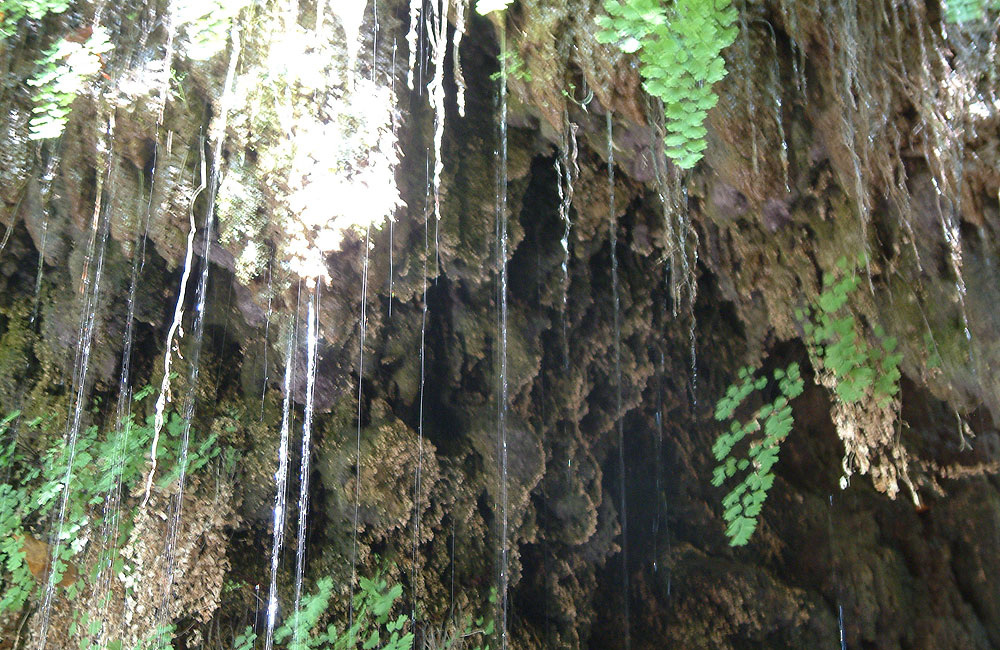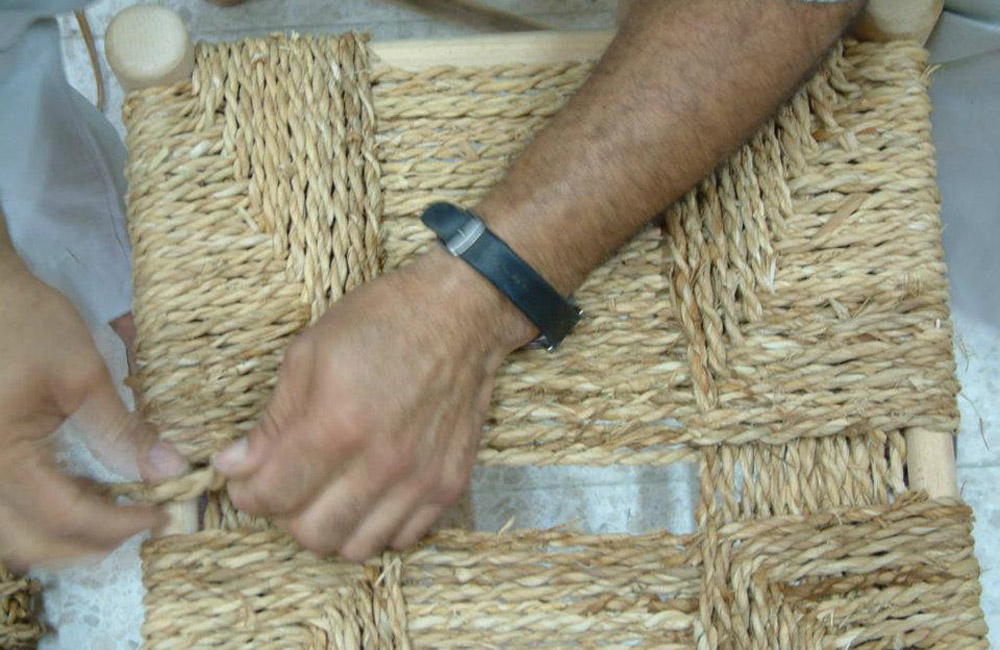Phini village developed a unique technique in the making of traditional “VOURKAS”. Through the centuries till recent years the art of making of the traditional vourkas, was widespread across the community of the village. Mostly shepherd’s and manly men are the ones used to making this kind of haversack, (most likely like the today’s backpacks), made of from real leather mainly from goats and fully handcrafted.
Most of shepherds who moved to Phini village were capable of practicing this traditional craft and they are the only ones who have the raw materials since they learned how to remove the goat skin (the leather), in a whole peace, process it and then making the vourka for using it among themselves. The procedure is quite simple must say though the slaughterers, who slaughter the animals (mainly goats), need experience and very specialized skills in order to remove at slaughtering stage the skin as whole peace and not damage it. If the pelt is not removed as whole single peace from the animal, the processed leather in such cases is not suitable in making the vourka.
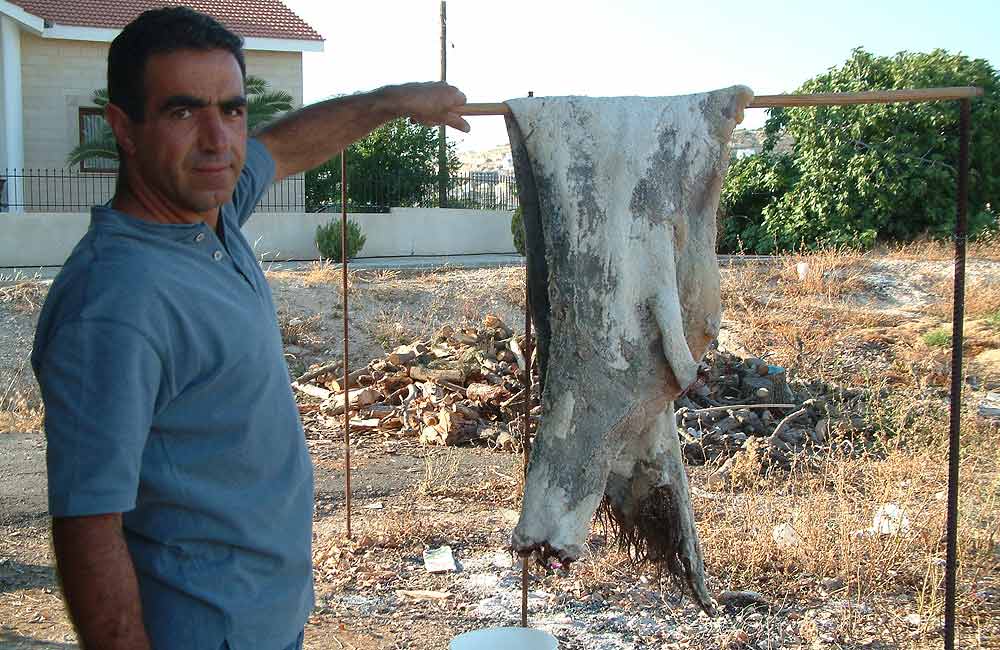
Since the slaughtering nowadays is moved centrally to modern regional slaughterhouses, the above procedure is not productive and only few leathers are available resulting to lack of raw materials for the vourka making.
Removing the pelt from the animal is the first step. The second is how the vourka maker processes the leather and apply it with salt and the drying it to the sun while keeping it soft. After that the dried skins are receiving an adequate treatment in tannery plant with treatment of sumach and acorn for tanning the skin and removing the remaining hair left on the pelt. After that, the treaded leather (pelts) can be used for bags, wallets, sandals and all other natural folk art handcrafted leather garments like vourka.
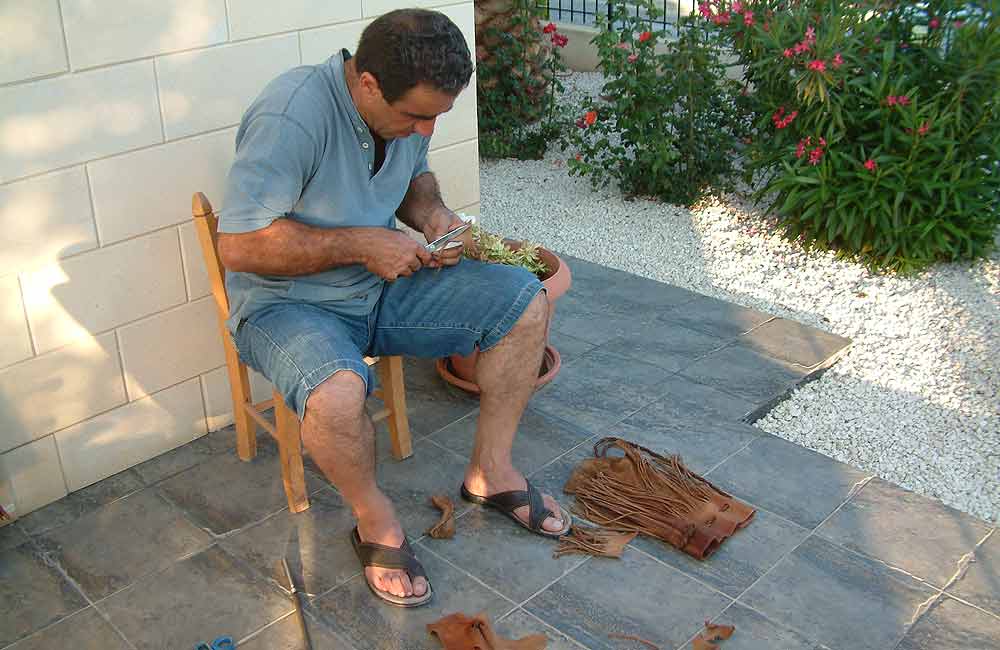
Today only a few villagers are still making the vourka. Among them Mr. Neophytos Neophytou who learned this craft from his fathers (a villager and a shepherd Paphos area). Mr. Neophytou masters the art in making of vourka while demonstrating his folk art technique, during the several cultural events and folk art festivals of the village.
According to Mr. Neophytou although in today’s modern tanneries the available processed pelts, nowadays are thicker and harder to process compared to what it was previously available ... when the whole pelt was processed manually without any mechanical and/or technological support.

While watching Mr. Neophytou constructing the Vourkas he splits the skin by folding it from the top down to the navel of the pelt. The good side of the leather is used for the inner part of the vourka and after folding the remaining skin will be cut later into thin strips from the bottom up mostly for aesthetics purposes.
From the whole pelt nothing discarded. The skin from the neck is used for the making of backpack shoulders braces (“litarka”), and the legs for supporting the base on the bottom of the vourka.
The final result is very astonishing and impressive. After finishing, the vourka need to be soaked into warm water for a few minutes. Then it’s removed from the water and inside within a plastic bag the vourka is filled with something solid yet flexible such as rice,( in the old days used wheat), so during the next twenty four hours after drying to get the appropriate and desirable shape the maker wants.
After drying, the nylon bug is removed with its contents and the vourka ready. Depending on the usage of the vourka, such handcrafted real leather bag can last a lifetime.
